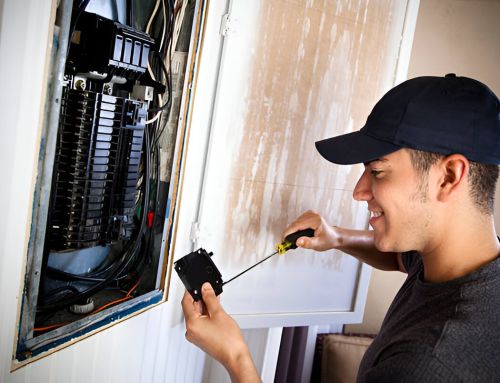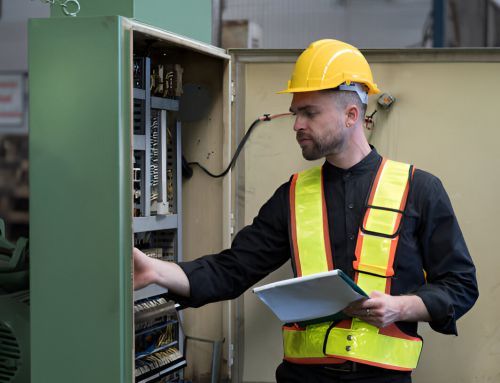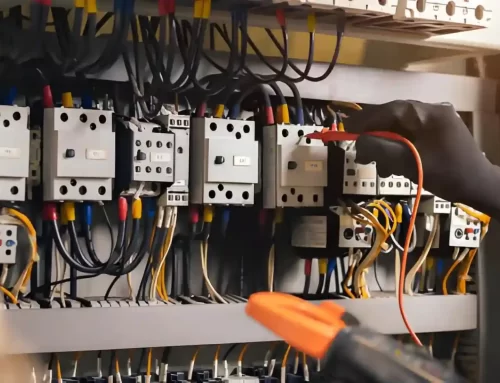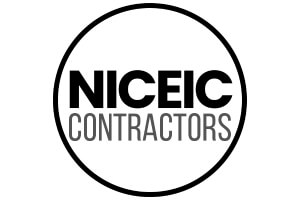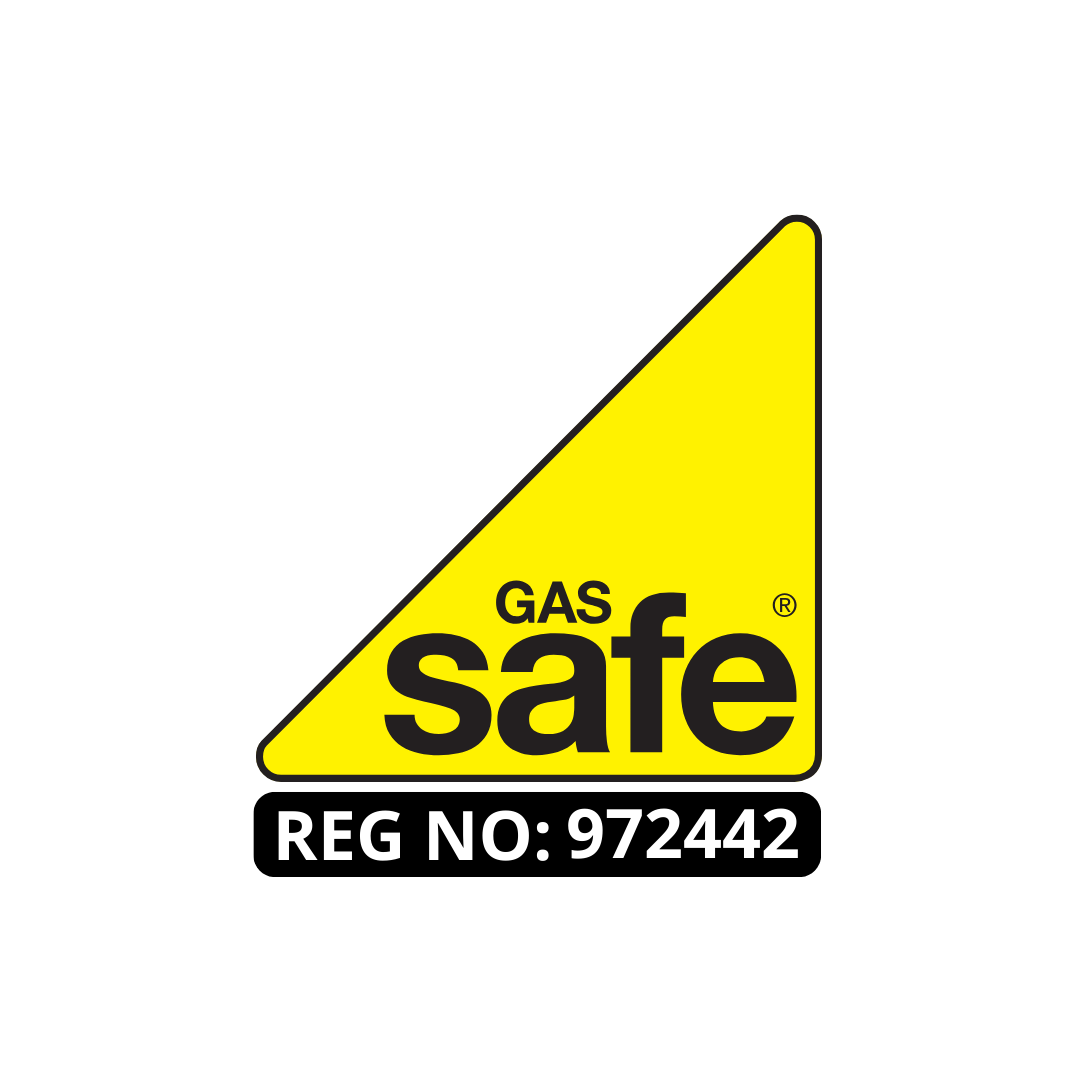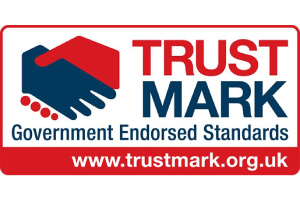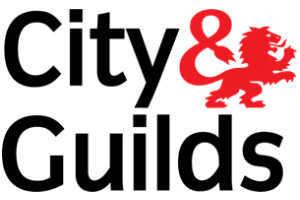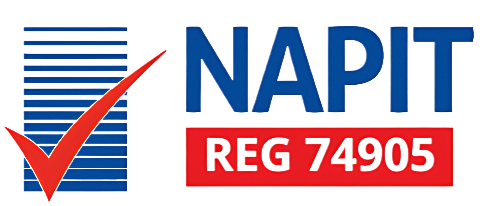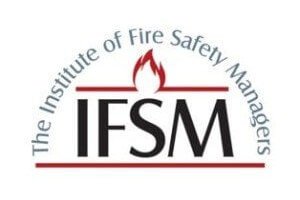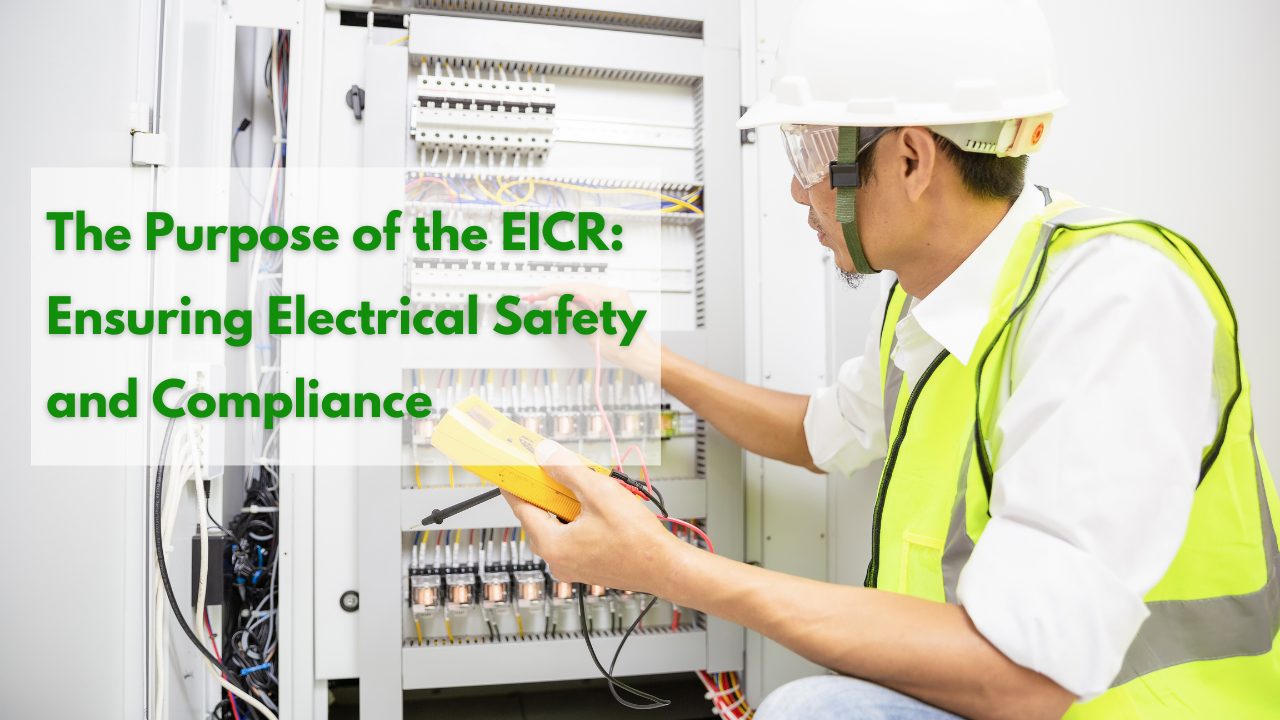
The Electrical Installation Condition Report (EICR) is a fundamental document produced by qualified professionals to assess the safety and compliance of electrical systems within properties. This comprehensive evaluation not only detects any faults, deteriorations, or deviations from current safety standards but also ensures adherence to legal requirements, thereby mitigating the risk of substantial fines and enhancing occupant protection. Regular EICR checks are mandated for landlords and highly recommended for all property owners to prolong the lifespan of electrical installations and secure a safe living and working environment. Understanding the full scope and significance of an EICR could greatly assist property owners in maintaining electrical safety and regulatory compliance. Let’s understand The Purpose of the EICR: Ensuring Electrical Safety and Compliance.
What is an EICR?
An Electrical Installation Condition Report (EICR) is a formal document generated by a qualified electrician or approved contractor after thoroughly assessing the electrical installations within a property to ensure they meet the necessary safety standards.
This assessment, known as the EICR process, involves a series of detailed inspections and tests on each aspect of a property’s electrical system, including wiring, sockets, lighting, and associated equipment. The purpose of these evaluations is to identify any defects, deterioration, or deviations from the current standards set by the industry.

The EICR benefits are multifold. For property owners, obtaining this report is crucial for ensuring that the electrical systems are not only safe but are also up to code, thereby mitigating any legal risks associated with non-compliance.
Additionally, the EICR provides a comprehensive review that can highlight potential areas for energy efficiency improvements, ultimately leading to cost savings. For tenants, it ensures that the living or working environment is safe from electrical hazards, which can be particularly critical in older buildings where wiring and fixtures might not have been updated to meet modern safety standards.
Why is the EICR Essential for Property Safety?
Nearly all residential and commercial properties benefit significantly from regular electrical inspections, with the EICR standing as a critical tool in identifying and mitigating potential electrical hazards. This process is not merely a routine check-up; it’s an essential practice that ensures the safety and operational integrity of electrical systems within a property.
The Electrical Installation Condition Report (EICR) is indispensable for multiple reasons:
- Risk Identification: It systematically identifies defects, deterioration, and deviations from the current safety standards that could lead to electrical hazards.
- Preventive Action: By pinpointing areas of concern, it allows for the implementation of corrective measures before a real risk materializes, thereby significantly reducing the potential for electrical fires or shocks.
- Safety Assurance: Ensuring compliance with the latest safety standards confirms that the electrical installations are safe for use, not pose any immediate hazards to occupants or frequenters of the property.
- Lifecycle Extension: Regular maintenance and timely intervention as advised by an EICR can prolong the life of electrical systems, preventing premature failures and costly replacements.
Each of these points underscores the critical nature of the EICR in maintaining not just compliance with safety norms, but in fostering a secure living and working environment.
Legal Requirements for EICR in the UK
Understanding the importance of the Electrical Installation Condition Report (EICR) for safety and compliance naturally leads us to examine the specific legal requirements governing its implementation in the UK.

The regulations stipulate that landlords must ensure their electrical installations are inspected and tested by a qualified person at intervals not exceeding five years. This mandate is part of the Electrical Safety Standards in the Private Rented Sector (England) Regulations 2020.
Failure to comply with these regulations can lead to significant EICR penalties. Local authorities can enforce compliance, issuing fines of up to £30,000 if a landlord fails to provide a satisfactory EICR when requested.
Moreover, compliance with these safety standards is not just about avoiding penalties; it protects tenants and properties from potential electrical hazards.
However, there are specific EICR exemptions to consider. Properties not falling within the scope of the private rented sector, such as owner-occupied homes or those let under a lease of 7 years or more, are not subject to these mandatory checks.
Nonetheless, all property owners should consider periodic electrical checks as a best practice to ensure safety and compliance.
Who Needs an EICR and How Often Should It Be Done?
Determining who requires an Electrical Installation Condition Report (EICR) and the frequency of these assessments is essential for maintaining electrical safety and legal compliance.
The obligation to acquire an EICR is not uniform across all property owners, emphasizing the importance of understanding specific requirements as they pertain to different roles and property types.
- Landlords: As part of their responsibilities, landlords must ensure that all electrical installations in rented properties are safe when tenants move in and maintained in a safe condition throughout the tenancy.
Landlords are generally required to have an EICR done every five years or at each change of tenancy.
- Homeowners: While not legally mandated, it is highly recommended that homeowners have an EICR conducted every ten years or when moving into a new home to fulfill their obligations for ensuring a safe living environment.
- Business Owners: Commercial properties should have an EICR performed every five years.
This is crucial to comply with the Electricity at Work Regulations 1989, safeguarding employees and customers.
- Public Bodies: Institutions like schools and hospitals are required to undergo more frequent checks, typically every one to three years, due to the high traffic and the critical nature of their electrical systems.
How Does an EICR Ensure Electrical Compliance?
An Electrical Installation Condition Report (EICR) serves as a fundamental tool for verifying the safety and compliance of electrical installations. By rigorously assessing the condition of electrical systems against EICR standards, this document ensures that all components meet current regulatory requirements, thus upholding the highest levels of safety and operational integrity.
The process involves a detailed examination of various electrical systems to identify any deviations from the prescribed norms which, if unaddressed, could lead to potential hazards or inefficiencies.
The compliance benefits of an EICR are manifold. Primarily, it provides a benchmark for electrical safety, ensuring that installations do not pose any immediate risks to users and are in line with legal safety standards.
This proactive approach not only mitigates the risk of electrical failures but also significantly reduces the likelihood of penalties arising from non-compliance with safety regulations.
Furthermore, an EICR can serve as a critical document during insurance assessments and property transactions, providing evidence of due diligence and compliance with safety standards.
The Key Elements Assessed During an EICR Inspection
Conducting an Electrical Installation Condition Report (EICR) involves a thorough assessment of several critical elements to ensure the safety and efficiency of electrical installations. This examination is crucial for detecting any potential hazards that may compromise the integrity of the electrical system.
Here are the primary areas assessed during an EICR:
- Circuit Protection and Control Devices: This involves evaluating circuit breakers, fuses, and residual current devices (RCDs) for their adequacy in preventing electrical overloads. The inspection ensures these components are correctly rated and functioning as intended to handle current demands safely.
- Wiring Integrity and Condition: Inspectors scrutinize the condition of wiring systems, including cables and connections, to detect signs of deterioration, damage, or substandard installation practices. This assessment is vital in preventing electrical fires and ensuring ongoing reliability and safety.
- Earthing and Bonding Arrangements: The EICR checks the effectiveness of earthing and bonding systems to prevent electrical shocks. These systems are essential for safety, particularly in fault conditions, ensuring that any stray voltages are safely conducted away from users.
- Load Analysis: This evaluation estimates the demand on the electrical system to identify any signs of overloading. By analyzing how electrical power is distributed and consumed, inspectors can recommend necessary upgrades or adjustments to enhance overall system performance and safety.
Common Issues Identified in an EICR Report
Electrical Installation Condition Reports frequently uncover a range of common issues that, if left unaddressed, could pose significant risks to property and personal safety. Among these, wiring defects and outdated installations are particularly prevalent and troubling due to their potential to cause electrical failures or hazards.
| Common Issue | Description |
|---|---|
| Wiring Defects | Issues such as frayed wires, poor connections, or incorrect wiring practices can lead to short circuits, overheating, and potential fires. |
| Outdated Installations | Systems that do not comply with current electrical standards, often lack sufficient circuit protection or use outdated materials that increase the risk of electrical faults. |
| Overloaded Circuits | Circuits are burdened beyond their capacity, which may result from inadequate planning or the increased demand for modern appliances on older systems. |
These findings underscore the necessity for rigorous inspections and timely updates to electrical infrastructures. Professionals conducting EICRs must assess these elements with precision, ensuring that any identified risks are documented and communicated to property owners for immediate rectification. This proactive approach not only safeguards occupants but also enhances the overall integrity and longevity of the electrical installation.
What Happens If Your EICR Fails?
Recognizing the significant risks associated with the issues identified in an EICR, it is imperative to understand the consequences of a report that indicates failure. A failed EICR has immediate and long-term EICR implications that necessitate prompt and decisive Remedial actions to ensure safety and legal compliance.
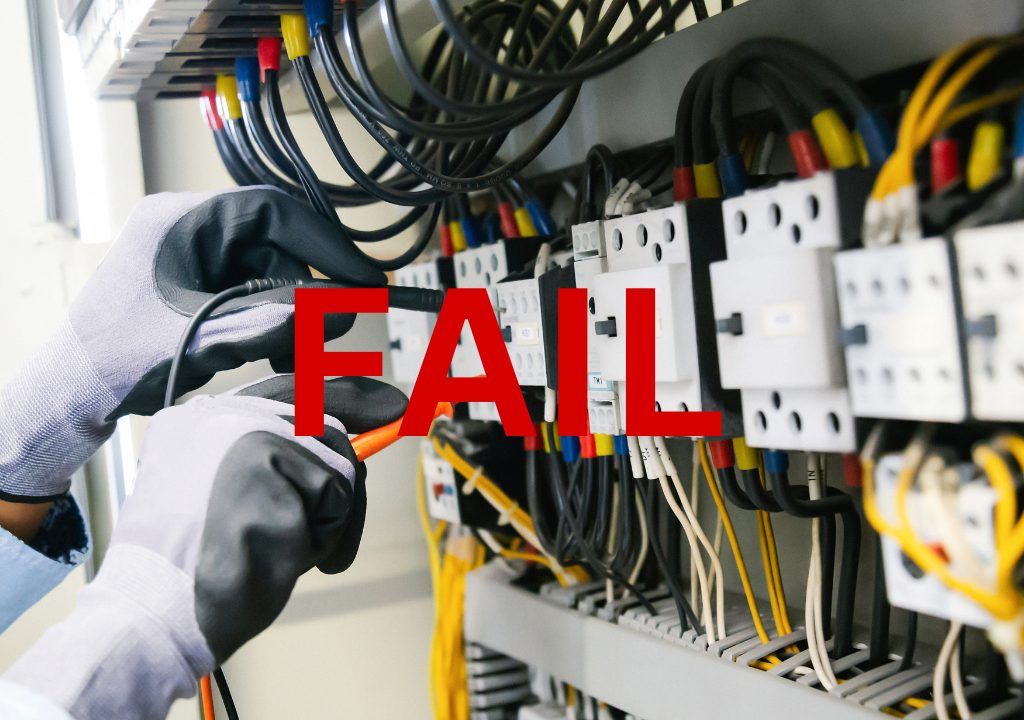
- Mandatory Remedial Actions: Upon failure, a list of required remedial actions is provided. These actions must be carried out without delay to rectify the defects. The scope of these remedial measures can range from simple repairs to complete rewiring, depending on the severity of the issues.
- Notification of Failure: The property owner, or responsible person, will receive a detailed report highlighting the specific failures and the aspects of the electrical systems that do not meet the standards. This documentation serves as a formal notification and a call to action.
- Reinspection: After the remedial actions have been completed, a reinspection is necessary to ensure all corrections meet the regulatory standards. Only after passing this subsequent EICR can the electrical installation be deemed safe and compliant.
- Legal and Insurance Repercussions: Failure to address the issues outlined in a failed EICR can lead to legal penalties, including fines and enforced closures. Additionally, insurance claims may be jeopardized if it is found that the electrical systems were not maintained to an appropriate standard.
Conclusion
In conclusion, the Electrical Installation Condition Report (EICR) serves as a crucial tool in maintaining electrical safety and ensuring compliance with legal standards. By systematically assessing key elements of electrical installations and identifying common issues, the EICR helps safeguard occupants against potential hazards while enforcing regulatory adherence. Failure to pass an EICR can lead to mandatory remedial actions, emphasizing its significance in upholding both safety and legal obligations in property management.
Our Pricing
| Our Electrical Safety Certificate Prices |
|---|
| Studio Apartment £67.99 |
| 1 – 3 Bedroom £94.99 |
| 4 Bedroom £104.99 |
| 5 Bedroom £139.99 |
Check Out Our Other Services
| EICR | Commercial EICR | Emergency Light Certificate |
|---|---|---|
| Electrical Diagnostic | PAT Testing | Fuse Box Installation |
About the Author: LandlordCertificate
Related Posts
Get Social
Recent Posts
- Fire Risk Assessment Across a Landlord Portfolio: Staying Consistent at Scale
- How Gas Safety Certificate Inspections Are Prioritized in Emergencies
- Fuse Box Installation: Everything Homeowners Need to Know Before Getting Started
- EICR Certificate London: Understanding Your Legal Duty as an Owner
- Behind the Scenes of a Gas Safety Certificate London Inspection in Homes


